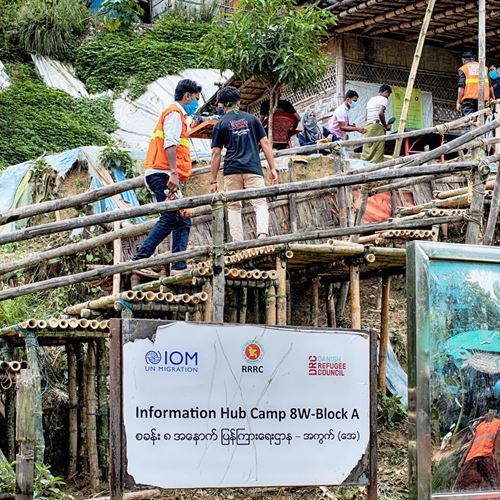About Cox's Bazar
The Cox’s Bazar district is one of the most socially deprived and least developed districts in Bangladesh with extremely fragile infrastructure and services, and most people living on or below the poverty line. The crisis in Myanmar, resulting in the displacement of over 900,000 people, has put further pressure on this already fragile district with both the host communities and refugees suffering from
- malnutrition,
- food insecurity
- and significant health issues.
The overpopulation coupled with poor infrastructure means there is a huge build-up of waste and the knock-on effects of this include infection of water sources, and health and hygiene risks.
Further exacerbating this unstable situation is the severe environmental degradation the area is concurrently dealing with. Bangladesh is extremely vulnerable to natural disasters and this is acutely felt in the Cox’s Bazar.
- The area has experienced severe storms and cyclones every year since 2015, which weakens already feeble systems and increases vulnerabilities.
- It is prone to frequent landslides and heavy rainfall which causes breakdowns of the basic infrastructure that the district does have, such as the irrigation systems and the roads (restricting movement and isolating hard to reach communities even more), not to mention the significant destruction to crop and food stocks.
- Alongside all of this, the district also faces widespread deforestation and a long dry period between February to June, which without proper management leads to water scarcity.
